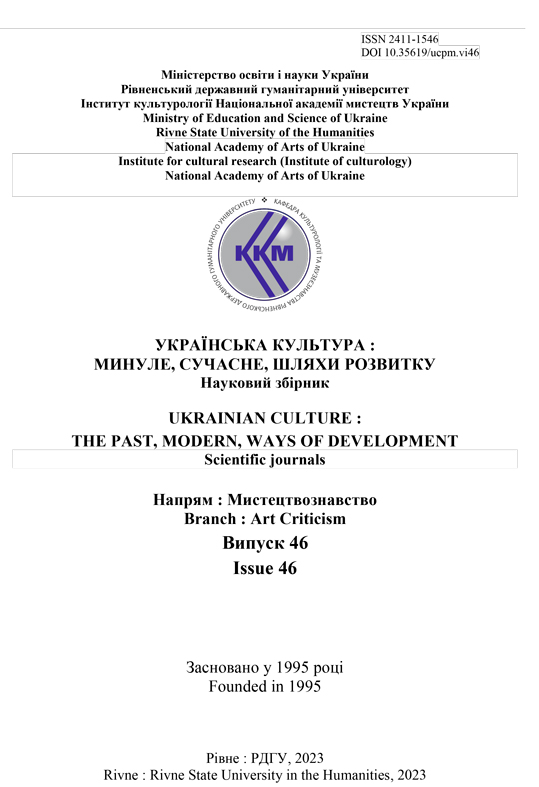EXPLORING THE EVOLUTION OF JADE ARTIFACTS DURING THE TANG DYNASTY: A STUDY IN HISTORY, ETHNOGRAPHY, AND TYPOLOGY
DOI:
https://doi.org/10.35619/ucpmk.v46i.667Keywords:
Tang Dynasty, Western Region, Hu culture, jade carving art, jade artifacts, heteronomy, sociocultural consciousness.Abstract
The aim of this paper is to expound upon the discernible manifestations of heteronomy and autonomy within the evolutionary trajectory of jade artistry, a pursuit achieved through a meticulous investigation of the quintessential jade artifacts hailing from the Tang Dynasty, replete with motifs steeped in the cultural tapestry of the Western Regions' dance themes.Research methodology. This article adopts a historical materialist perspective and employs an integrated approach drawing upon literature and research methods from the fields of history, ethnography, and typology in order to comprehensively examine the stylistic artistry of Chinese jade artifacts.
Results. Research indicates that the development of fine arts (arts and crafts) featuring jade artifacts with Western Region music and dance themes during the Tang Dynasty was primarily the result of a cultural exchange and amalgamation.
From the perspective of the development theory of fine arts, this phenomenon aligns with the dual categories of «heteronomy» and «autonomy» within the realm of fine art development. Its «heteronomy» is evident in the process by which one sociocultural consciousness permeates another sociocultural consciousness through material means. This ingress is overtly manifested through the indispensable function of ethnic customs and raditions as a foundational prerequisite within the sphere of fine arts (arts and crafts) development, operating as a critical determinant within the context of an alternative sociocultural consciousness. Conversely, "autonomy" finds expression in the domain of fine arts (arts and crafts) pursuits through a triad of facets, namely the inheritance, emulation, and innovative transformation of artistic attributes and stylistic elements. In terms of inheritance, the jade belts featuring Western Region music and dance motifs derive their material essence from the longstanding ceremonial cultural tradition rooted in jade within the Central Plain region. In the context of emulation, these jade belts absorb the formal attributes of metallic (gold, silver, bronze) waistbands prevalent in the attire culture of northern nomadic societies, concurrently assimilating cultural constituents emblematic of the Western Region's "music and dance culture." In terms of innovation, the synthesis of cultural factors from three diverse geographical regions begets the emergence of fresh typologies and stylistic paradigms within the domain of jade artifacts. Through an analysis of the introduction of jade be ts featuring
Western Region music and dance themes, it becomes evident that the Tang Dynasty masterfully integrated the ritualistic elements of Central Plain culture, the ornamental characteristics from the attire culture of northern nomadic tribes, and the secular dimensions of Western Region music and dance culture. This synthesis, from a particular perspective, underscores the
societal ethos of identification and inclusivity among various ethnicities and cultures within the Tang Dynasty's cultural milieu.
Novelty. The article undertakes an extensive, multidimensional, and profound investigation into the evolution of
Chinese jade artistry, encompassing a spectrum of academic disciplines and perspectives.
The practical significance. This article is poised to offer valuable insights and serve as a source of inspiration for
fellow researchers in the field of Chinese jade culture, facilitating their scholarly investigations.




